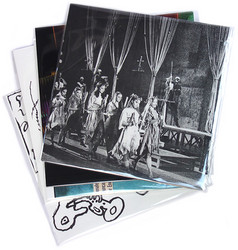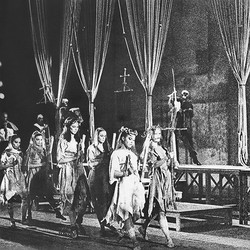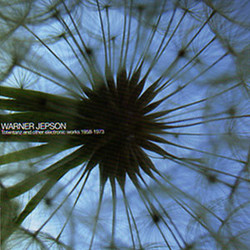Warner Jepson
Warner Jepson was the composer for the [NCET] center after 1972; at first, he worked closely with the artists, putting sound to their tapes, but he has been experimenting all along with images of his own as well. Most of his imagery is generated by audio equipment that has been connected to the video gear. His idea is to make a work that is totally integrated aurally and visually. He feels the two should complement each other completely. The problem is to balance the work so that both visuals and audio are interesting.
Warner Jepson was the composer for the [NCET] center after 1972; at first, he worked closely with the artists, putting sound to their tapes, but he has been experimenting all along with images of his own as well. Most of his imagery is generated by audio equipment that has been connected to the video gear. His idea is to make a work that is totally integrated aurally and visually. He feels the two should complement each other completely. The problem is to balance the work so that both visuals and audio are interesting.


